
The Curtiss Robin, introduced in 1928, was an American high-wing monoplane built by the Curtiss-Robertson Airplane Manufacturing Company. The J-1 version was flown by Wrongway Corrigan who crossed the Atlantic after being refused permission to do so.
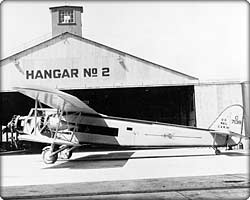
The Boeing 80 is an American airliner of the 1920s. A three-engined biplane, the Model 80 was built by the Boeing Airplane Company for Boeing's own airline, Boeing Air Transport, successfully carrying both airmail and passengers on scheduled services.

The Travel Air 2000 is an open-cockpit biplane aircraft produced in the United States in the late 1920s by the Travel Air Manufacturing Company. During the period from 1924–1929, Travel Air produced more aircraft than any other American manufacturer, including over 1,000 biplanes. While an exact number is almost impossible to ascertain due to the number of conversions and rebuilds, some estimates for Travel Air as a whole range from 1,200 to nearly 2,000 aircraft.

The International F-17 Sportsman was a 1920s American three-seat open-cockpit biplane designed and manufactured by the International Aircraft Corporation in Long Beach, California and Cincinnati, Ohio. 107 aircraft were built, 77 of them at Cincinnati.

The Brunner-Winkle Bird was a three-seat taxi and joy-riding aircraft produced in the US from 1928 to 1931.

The Lincoln-Page PT was an American open-cockpit two-seat single-bay biplane trainer aircraft produced from 1929 to 1931.

The Swallow TP was a trainer aircraft produced by the Swallow Airplane Company in the United States from 1928.
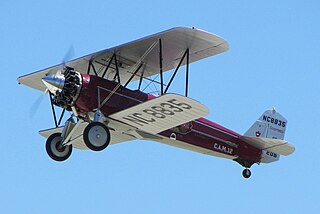
The Stearman C3 was an American-built civil biplane aircraft of the 1920s, designed by Stearman Aircraft of Wichita, Kansas. It was also the first Stearman aircraft to receive a type certificate.
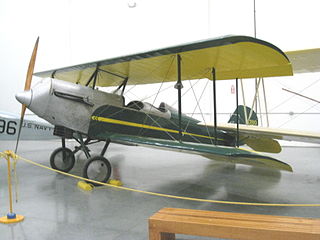
The American A-1 and A-101 were American two and three-seat biplanes of the 1920s.
Bettis Field was an airstrip in West Mifflin, Pennsylvania, southeast of Pittsburgh, Pennsylvania, established in 1924. It was named for U.S. Army Air Corps Lieutenant Cyrus Bettis following his fatal accident on Jack's Mountain near Bellefonte, Pennsylvania in 1926.

The Waco 10/GXE/Waco O series was a range of three-seat open-cockpit biplanes built by the Advance Aircraft Company, later the Waco Aircraft Company.

The Waco 9 is an American-built three-seat biplane design that first flew in 1925.
The Swallow New Swallow, also known as the Swallow Commercial Three-Seater is an American-built general purpose biplane of the mid- to late 1920s. The New Swallow name was to distinguish it from the aircraft from which it was derived, the Laird Swallow.
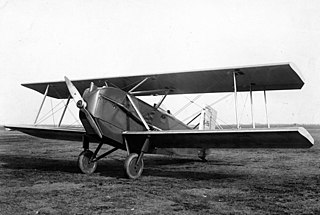
The Curtiss Carrier Pigeon was an American mail plane of the 1920s. A single-engined biplane designed and built to replace World War I surplus aircraft such as the DH-4, the Carrier Pigeon was one of the first aircraft designed specifically for U.S. Airmail service.

The Pitcairn PA-3 Orowing is an early Pitcairn biplane designed for light commercial use in the early 1920s when aircraft production rates did not meet demand for airmail, training, and passenger aircraft.

The Curtiss Oriole was an American three-seat general-purpose biplane.
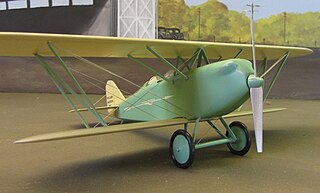
The Pitcairn PA-2 Sesquiwing "Arrow" is an early biplane designed for air racing and commercial airmail service.

The Curtiss Model 41 Lark was a commercial biplane manufactured by Curtiss Aeroplane and Motor Company that was used by pioneering airmail, airline and bush pilots in the 1920s.
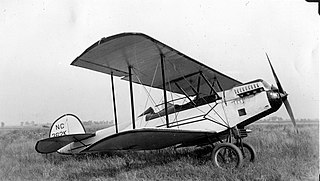
The Parks P-1 was an American three-seat sport biplane that was built in the late 1920s.
Clifford Ball was an American farmer, soldier, bookkeeper, clerk, automobile dealer, airplane dealer, airline owner, airline operator, airline executive, radio manufacturer, Civil Air Patrol officer and chaplain, and aviation pioneer.



















